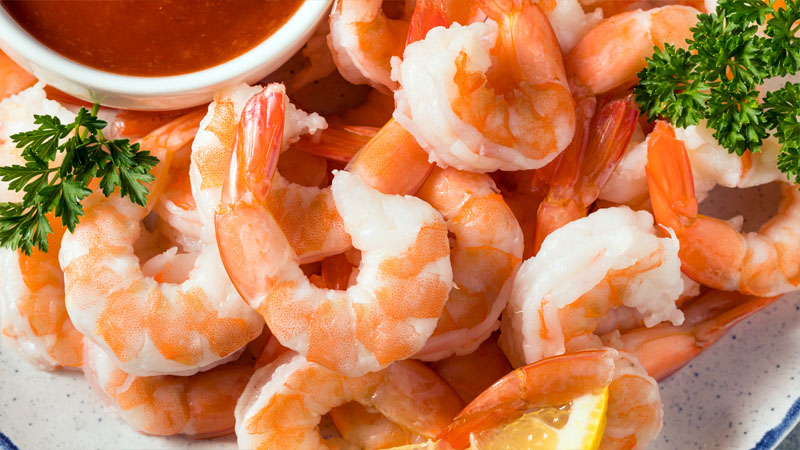Exclusive content

Ecuador has unveiled a new initiative designed to enhance the international market reputation of its shrimp, celebrated not only for its quality but also for its impressive nutritional benefits. This endeavor, driven by the National Chamber of Aquaculture (CNA) of Ecuador and the Sustainable Shrimp Partnership (SSP) alongside the Seafood Nutrition Partnership (SNP), aims to elevate the awareness and consumption of shrimp abroad.
The Nutritional Proposition
Ecuadorian shrimp, often hailed as the world’s finest, has long stood out for its high protein content, omega-3 fatty acids, and essential amino acids. José Antonio Camposano, president of the CNA, expressed the necessity of amplifying this nutritional narrative in foreign markets. The guide serves as a comprehensive resource for dietitians, enhancing their understanding of shrimp’s health benefits while also debunking prevalent myths surrounding its consumption.
The guide elucidates various shrimp preparation methods, thereby facilitating its incorporation into diverse dietary regimes. The emphasis is not just on nutritional value but also on practicality, making it easier for consumers to embrace this often-misunderstood seafood option.
The Role of Dietitians
Pamela Nath, director of the SSP, highlighted the crucial function of dietitians in shaping consumer behavior. During the guide’s launch, Nath underlined that “this guide will help them dispel myths about aquaculture” and educate consumers on the significant health and environmental benefits associated with high-quality shrimp. The collaboration with dietitians from the American Nutrition Association underscores a targeted effort to adapt to the U.S. market’s specific needs.
María José Viteri, a nutritionist involved in the project, reinforced the nutritional credentials of shrimp, noting that a typical serving contains a robust 18 grams of protein. Moreover, she pointed to shrimp’s healthy fat profile, an attribute that not only supports cardiovascular health but also bolsters the immune system.
Targeting the U.S. Market
The guide’s launch comes at a strategic time, particularly in the United States, where shrimp holds the title of the most consumed seafood product. A pre-launch event was held in Minneapolis on October 3, coinciding with the Food & Nutrition Conference & Expo (FNCE), which gathers the country’s foremost food and nutrition experts.
As Camposano remarked, the guide was tailored to meet the needs of the U.S. market, offering consumer education tools that tackle common misconceptions. Nath’s team has noted that one of the significant hurdles in the market is the belief that shrimp is complicated to prepare, a misconception they hope to dispel with this initiative.
In the first eight months of 2024, Ecuador reaped a considerable USD 4.684 billion from shrimp exports, with 23% of that revenue coming from the U.S. market alone, the second largest after China. This underscores the critical importance of effective marketing strategies aimed at bolstering the product’s image.
Anchoring Deliciousness on the Plate
Ecuador’s strategy hinges not solely on promoting shrimp as a nutritious choice, but also as a versatile ingredient that can enhance a variety of culinary experiences. With production concentrated in the coastal provinces of Guayas, El Oro, Manabí, and Esmeraldas, there exists a rich tapestry of flavors awaiting discovery by global palates.